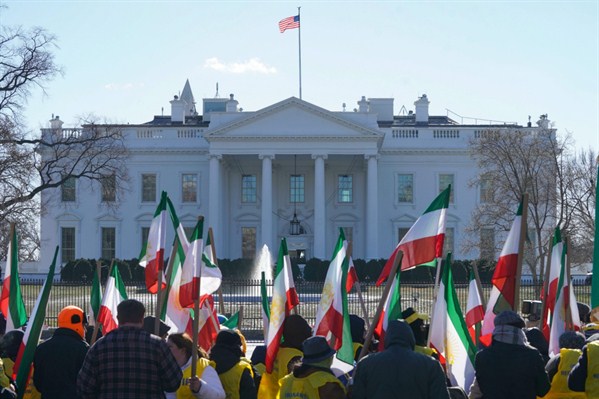The momentum has tapered off in the remarkable weeklong protests across Iran. But if it seems that the regime has prevailed, despite its legitimacy eroding a bit, do the demonstrations have a deeper meaning and long-term foreign policy consequences? Will policies in Tehran and Washington change?
Most outside observers, even those at opposite sides of the ideological spectrum on Iran, agree on the basic facts. These protests, which broke out in the northeastern city of Mashad on Dec. 28, were triggered by economic distress. But as they spread to dozens of locales across the country, they took on a direct political challenge to Iran’s clerical leadership and its ambitions for the country.
The protests were quite distinct from the last time Iranians took to the streets. In 2009, in a direct reaction to a disputed national election, demonstrations were led by cosmopolitan denizens of the capital, Tehran, and had a liberal message about personal and political freedom. In contrast, these latest events appeared to be spontaneous and drew on a different demographic. Protesters, by all accounts, were workers and lower-middle class citizens of secondary cities and towns, socially conservative cadres presumed to be loyal to the regime and to have benefited from the Islamic Revolution, unlike the urbanites who have never embraced its tenets.

